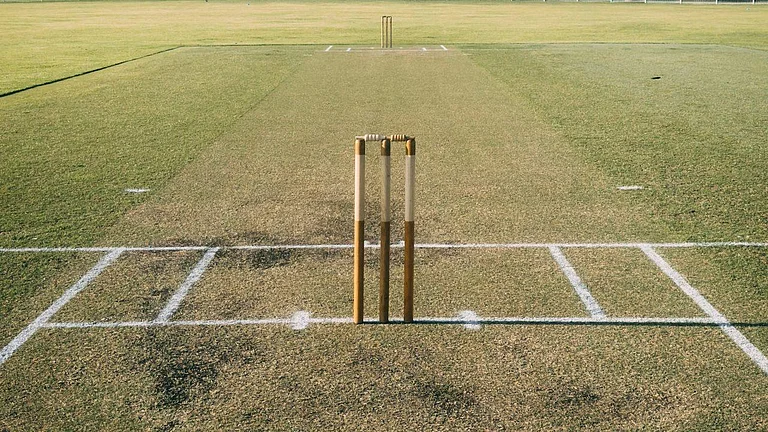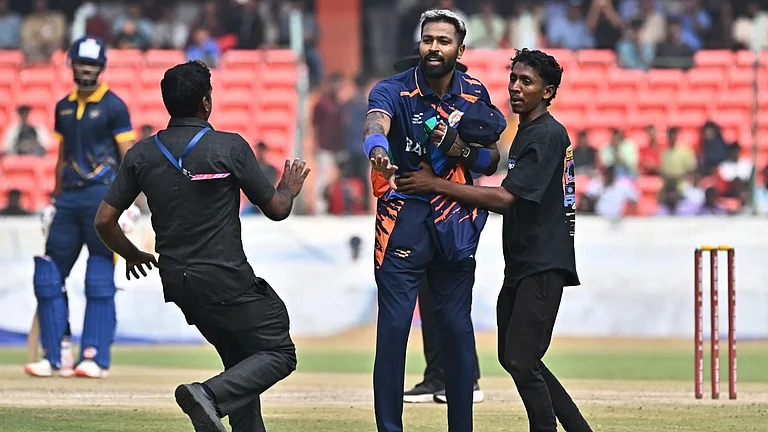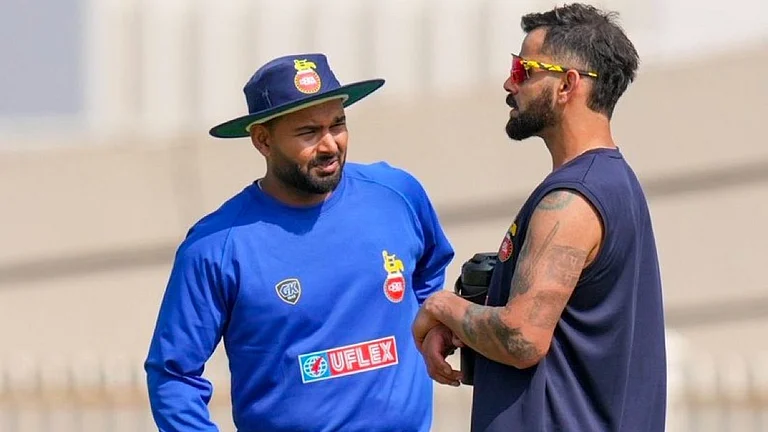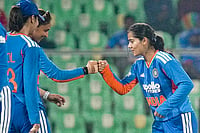It was through this unsubtle exposure that Sachdeva learnt how otherwise normal humans can be struck down by this debility, which brings about a progressive degeneration of muscle mass one fine day, just like that. He picked up the pieces, found a peer group: among them, Anjlee Agarwal, now his friend and colleague. Together, for the past eight years, they have been transforming their mottos—like "let’s make the world accessible"—into reality through Samarthya.
"We want to promote barrier-free tourism, along with accessible transportation, accommodation and public services," explains Agarwal. Their natural predilection for travel slowly evolved into a project to render public service. "You can design your house according to your convenience, but mobility is a test of will power and strength," says Sachdeva. In 1994, the two went on a holiday to Shimla with two other friends—one suffered from polio and the other was vision-impaired. "Despite the lack of accessibility features, we had a great time. It was an empowering experience," he recalls. The idea for Samarthya, which loosely translates to ‘capability’, was thus born.
Agarwal and Sachdeva, who call themselves ‘half-architects’, now offer consultation and advice on how to make tourist sites, public buildings and transport system disabled-friendly. In the 2-km radius of their West Delhi office, they have managed to make all schools, banks, public conveniences and bus stops barrier-free.
Their first major project was Dilli Haat, the capital’s crafts and food bazaar, which they successfully made accessible in March 2003. After a three-month survey, the two concluded that lowering the ticket counter’s height, smoothening the cobbled floor and constructing 27 ramps in the area would facilitate mobility for the wheelchair-bound. "Our effort is to make public spaces accessible to all, not just the disabled. Even women in high heels will find a smooth floor easier to navigate," says Sachdeva. These changes were made at a cost of Rs 10 lakh, with funding from both the Delhi and Union governments. They hope it’ll set a precedent for other tourist spots in the country. "In fact, when Mumbai started building a bazaar on the lines of Dilli Haat, they contacted us for advice," says Agarwal.
The Samarthya duo received their training at a UN workshop on tourism for people with disabilities in 2000. Currently, they are working with the Delhi Metro Rail Corporation (DMRC). Another project to build disabled-friendly buses for the Delhi Transport Corporation is currently on.
"People with disabilities are never thought of as potential customers," says Sachdeva. However, he admits that recent legislation and lobbying by NGOs has helped create awareness among builders. Samarthya is also involved in providing counselling, employment and education for the disabled. The NGO has so far conducted 25 access audits across the country to determine how buildings can be redesigned, without altering the aesthetic and structural aspects. "There is a lot of work for us now," he laughs.
Together, the two have covered more than 60,000 km by road, travelling to far-flung areas to spread the message of barrier-free tourism. They also conduct regular workshops. To help, you can contact: Samarthya, 011-25919389/9810558321
























